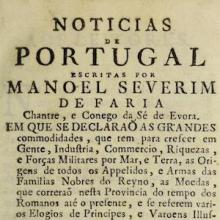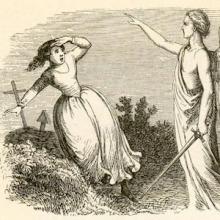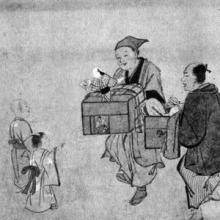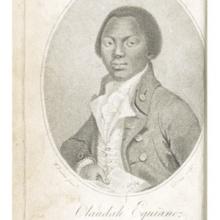Early Modern (1450 CE - 1800 CE)

Short Teaching Module: Orphans and Colonialism (17th c.)
The story of colonialism in the early modern era is generally told as one of adults—and primarily adult men—exploring, conquering, and transporting goods and ideas.
Short Teaching Module: Children and Witchcraft (16th c.)
The overall details of the rise and decline of this cultural focus on witches are generally accepted.
Cultural Contact in Southern Africa: Letters, Johanna Maria van Riebeeck
Johanna Maria van Riebeeck (1679-1759) was from an elite family in the Dutch colonial network.

Short Teaching Module: Children, Culture, and Folktales
For this particular lesson we examined two classic tales that while similar in many respects, highlight regional cultural differences especially in regard to childhood ideals.

Short Teaching Module: Play in Tokugawa Japan
At the beginning of a lecture on the daily life of townsmen in Edo (Tokyo), I first presented an image of Tokugawa-period (1600–1868) Japanese children. This detail from an ink painting by Hanabusa Itchô (1562–1724) shows a childhood experience common to both sexes: watching a puppet show.

Short Teaching Module: Childhood and Transatlantic Slavery
Especially useful in helping to place slavery in a world history perspective is one of the first slave narratives, The Interesting Narrative of the Life of Olaudah Equiano or Gustavus Vassa the African, originally published in 1772.
Sati: Letter, Francois Bernier
During the 17th century, Louis XIV of France sought to strengthen the power of the monarchy in France and to enhance France’s position in world politics. In 1664, Jean Colbert, his finance minister, established the French East India Company to develop French trade with India.
Early Modern Period: Autobiography, Glückel of Hameln
The following passages offer us a glimpse into the margins of early modern European society. Glückel of Hameln (1645-1724) was born into the Jewish community of Hamburg, a thriving German commercial center.
Early Modern Period: Autobiography, Bahina Bai
This selection comes from the autobiography of Bahina Bai (1628-1700), a Hindu poetess. Most of what we know about Bahina comes from her own writings, where she tells her life story.
Early Modern Period: Nonfiction, Jesuit Relations
This excerpt comes from a 1639 letter written by Mother Marie de Saint Joseph, a French Ursuline nun in Canada.